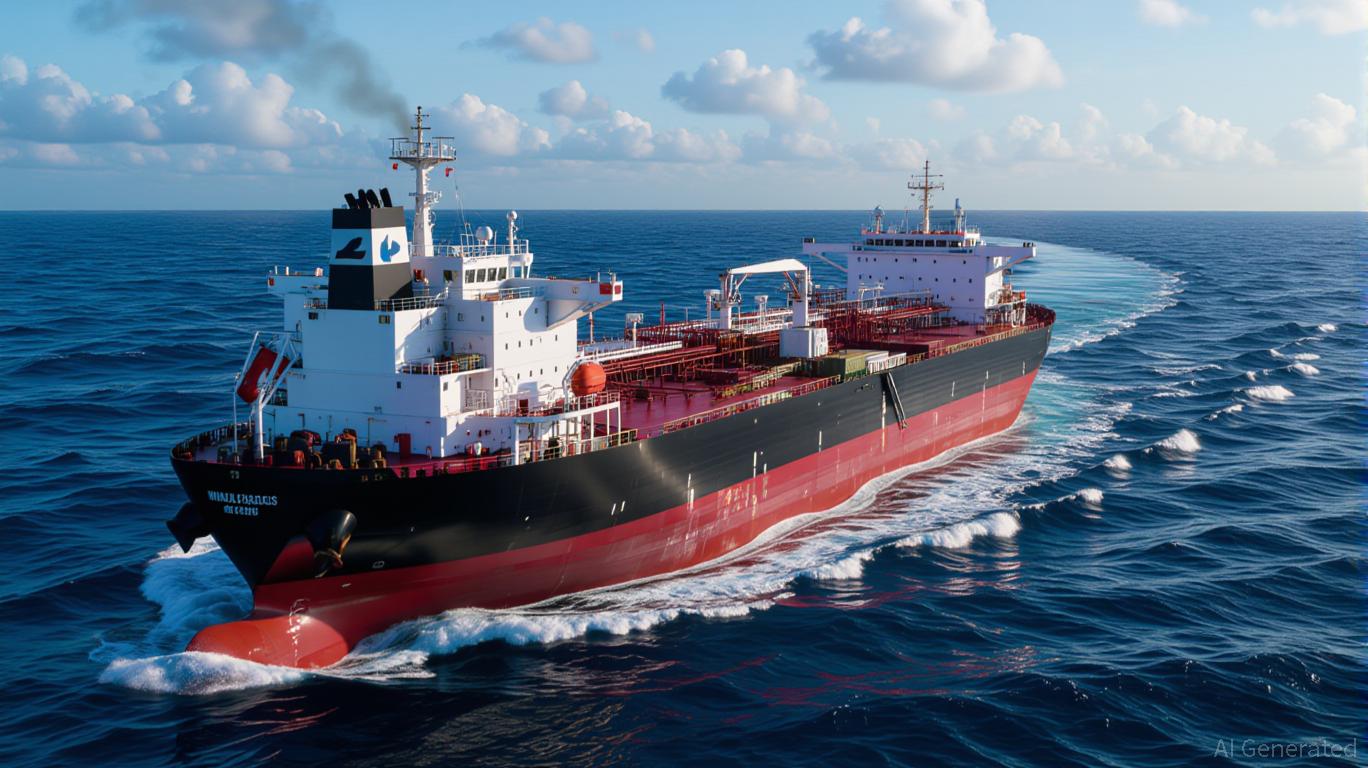In an energy sector reeling from macroeconomic headwinds, KNOT Offshore Partners LP (NYSE: KNOP) stands out as a rare contrarian play. While peers grapple with declining demand and volatile commodity prices, KNOP’s long-term charter model and distribution stability have insulated it from the worst of the downturn. For investors seeking defensive exposure in a struggling midstream space, the partnership’s strategic positioning and recent financial moves warrant closer scrutiny.
A Fixed-Rate Model in a Volatile World
KNOP’s core strength lies in its fleet of 16 shuttle tankers operating under long-term, fixed-rate charters with major oil producers in Brazil and the North Sea. These contracts, which guarantee rates until 2032 for vessels like the Daqing Knutsen, provide a stable revenue stream regardless of oil price swings. In Q2 2025, the partnership maintained its quarterly distribution at $0.026 per unit—a level unchanged for three consecutive quarters—despite a payout ratio exceeding 100%. While this high ratio raises sustainability concerns, KNOP’s liquidity of $104 million (as of June 30, 2025) and recent $10 million common unit buyback program signal management’s confidence in its ability to balance short-term obligations with long-term value creation.
The partnership’s recent acquisition of the 2022-built DP2 Suezmax Daqing Knutsen further underscores its focus on modernizing its fleet. With a 7-year guaranteed charter to PetroChina, this vessel adds to KNOP’s 96% 2025 and 75% 2026 revenue visibility—a critical advantage in a sector where short-term contracts leave companies exposed to market fluctuations.

Contrarian Appeal in a Downturn
KNOP’s performance in 2025 has defied broader market trends. Year-to-date through April 25, 2025, its shares surged 19.81%, outpacing the S&P 500’s 6.06% gain. This outperformance is driven by a combination of defensive positioning and strategic catalysts. The partnership’s tax structure as a corporation (issuing Form 1099 instead of K-1) simplifies reporting for individual investors, broadening its appeal. Meanwhile, institutional interest has grown, with seven hedge funds holding KNOP as of Q4 2024—a sign of confidence in its ability to deliver consistent returns.
The energy resilience market, projected to grow at a 9.7% CAGR to $95.64 billion by 2032, further bolsters KNOP’s case. As demand for uninterrupted power supply and energy storage solutions rises, companies with stable, fee-based revenue models—like KNOP’s long-term charter fleet—are well-positioned to benefit.
Risks and Rewards
Critics point to KNOP’s high payout ratio and reliance on fixed-rate charters as potential vulnerabilities. If operating costs rise faster than revenue, the partnership could face pressure to cut distributions. However, its liquidity buffer and recent capital allocation moves—such as the Tove Knutsen sale-and-leaseback—provide flexibility to navigate such challenges.
For contrarian investors, the key question is whether KNOP’s current valuation reflects these risks. At a price-to-book ratio of 0.8x (as of July 2025), the partnership trades at a discount to its net asset value, suggesting potential for re-rating if market conditions stabilize. The $10 million buyback program also signals management’s belief in the stock’s undervaluation.
Strategic Outlook
Looking ahead, KNOP’s Q2 2025 earnings report (scheduled for September 4, 2025) will be a critical test. Analysts expect the partnership to report continued strong utilization rates and revenue growth, supported by its recent fleet upgrades and charter extensions. A successful earnings call could attract further institutional interest, particularly as hedge funds and energy-focused investors seek defensive plays in a volatile sector.
Investment Thesis
KNOP is not a high-growth stock, but its defensive characteristics make it a compelling addition to a diversified energy portfolio. For investors willing to tolerate short-term volatility, the partnership’s long-term charter model, liquidity, and strategic initiatives position it as a midstream outlier in a weak sector. While risks remain, the combination of distribution stability, institutional backing, and favorable market tailwinds suggests KNOP is worth watching—and potentially buying—on dips.
In a macroeconomic downturn, the contrarian playbook often rewards those who bet on resilience. KNOT Offshore Partners, with its fortress-like balance sheet and unyielding focus on long-term value, may just be the kind of outlier that delivers when others falter.
